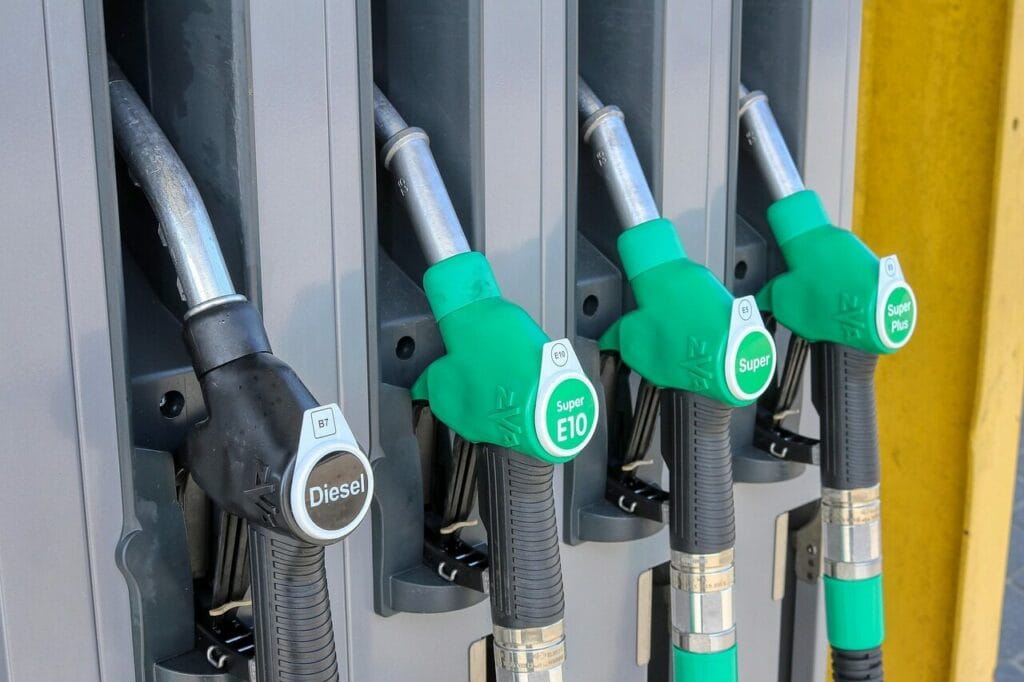B.C.’s Ministry of Environment and Parks now says more than 80,000 litres of jet fuel may have spilled into Kamloops Lake after a train derailed over the weekend.
The Environmental Emergency Branch (EEB) says it was informed of a Canadian Pacific Kansas City (CPKC) train derailment close to Cherry Creek around 7 p.m. on Saturday, Nov. 1.
“The preliminary assessment is that one locomotive and approximately 17 cars, a mix of loaded and empty rail cars, were involved,” the EEB said.
“Four of the cars are loaded with fuel, five loaded with gypsum, and one loaded with pulp products. The other rail cars are empty, including three that last contained gasoline.”
Related:
According to the government’s incident report, the spilled content consisted of aviation fuel and gypsum.
On Tuesday, the ministry said response crews removed fuel from one of the rail cars and took the fuel off site.
In an update Wednesday evening, it said CPKC removed more product from the one remaining fuel car.
Before the first operation, the ministry said, “preliminary estimates suggest approximately 12,700 litres of aviation fuel were released from the rail car to the environment.”
After the second operation, it said, “approximately 68,000 litres of aviation fuel was released from this rail car to the environment prior to the production transfer.”
“With the estimation from yesterday that 12,700 litres of aviation fuel was spilled from the other rail car, this brings CPKC’s total preliminary estimation of product lost to 80,700 litres between the two rail cars that were carrying aviation fuel.”
In a statement to CityNews Tuesday, CPKC said its environmental teams have been on site collaborating.
The company claimed, “The leak of fuel has been contained, and containment booms will remain in the water around the site as work on the cleanup and car removal continues.”
By the morning after the derailment, the ministry says crews had deployed a containment boom in the water. A second boom, extending the coverage perimeter, was added the following day.
When some oil sheen was spotted escaping, the booms were reportedly reinforced, and additional booms were placed downstream.
On Monday, crews began to clean up the spill by skimming and applying peat moss and absorbent material.
But the EEB says its staff has detected fuel odour at the small community of Frederick, across the lake.
As of Wednesday evening, three empty cars “containing residual gasoline remain” at the site.
“One is on the slope and two are in the water, secured to the land.”
The ministry says EEB staff will be at the site again Thursday.
The Transportation Safety Board of Canada says it is still investigating the cause of the derailment.
CPKC says the rail corridor had reopened to train movement by Monday morning after safety inspections.
The province says the results of water samples are still pending.
As of Wednesday evening, it said CPKC’s preliminary “surface water quality” samples collected on Nov. 2 and 3 have been tested and the results have been forwarded to the Interior Health Authority for interpretation.
“Ongoing data collection from sampling events will continue to guide and inform future response actions.”
Michael Grenier, electoral area director for Area J in the Thompson-Nicola Regional District (TNRD), says the district is concerned about the results.
“We have four community water systems downstream that need that testing,” Grenier explained, adding that the closest one is only seven kilometres from the spill site.
He says the TNRD is operating on a “trust, but verify” policy.
“Downstream communities want absolute certainty that the water at the intake is not compromised, and we need that water tested.”
Grenier says CPKC has been “diligent” in working to contain the spill.
“They’ve been very transparent and they’ve been communicative. But the point at this point is that we need the water testing done at the source for these communities so that we can absolutely assure folks that this is not a problem.”
1130 NewsRadio has reached out to Interior Health for more information about the water test results.
—With files from Emma Crawford and Michael Williams.

